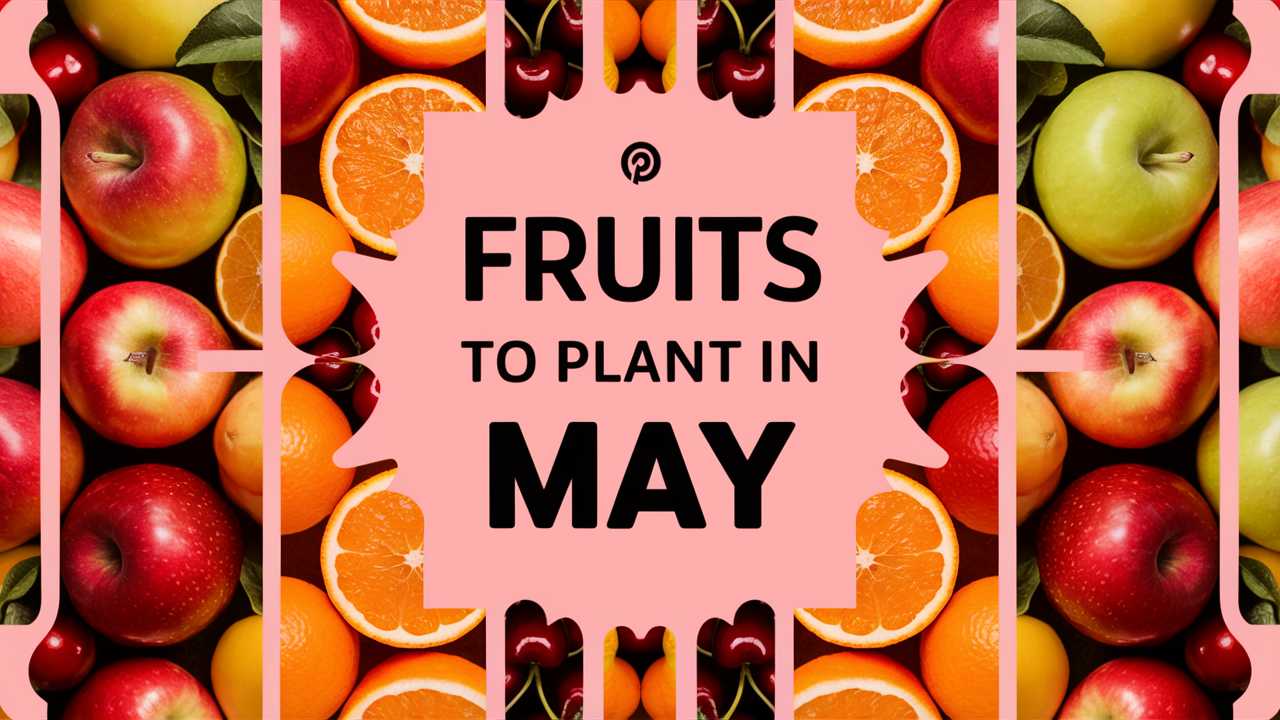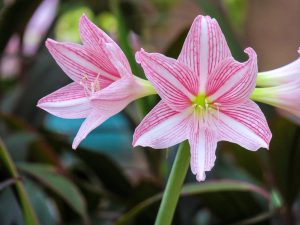May is a magical month in the gardening calendar, as temperatures begin to warm and the threat of frost subsides in many regions. This transition marks an excellent opportunity to plant a variety of fruits that will provide a delightful harvest later in the year. If you’re considering expanding your garden’s offerings this spring, you’re in for a treat.
In this guide, we’ll explore a variety of fruits that are perfect for planting in May, delving into how to grow them, their benefits, and some care tips to ensure a successful harvest.
Strawberries
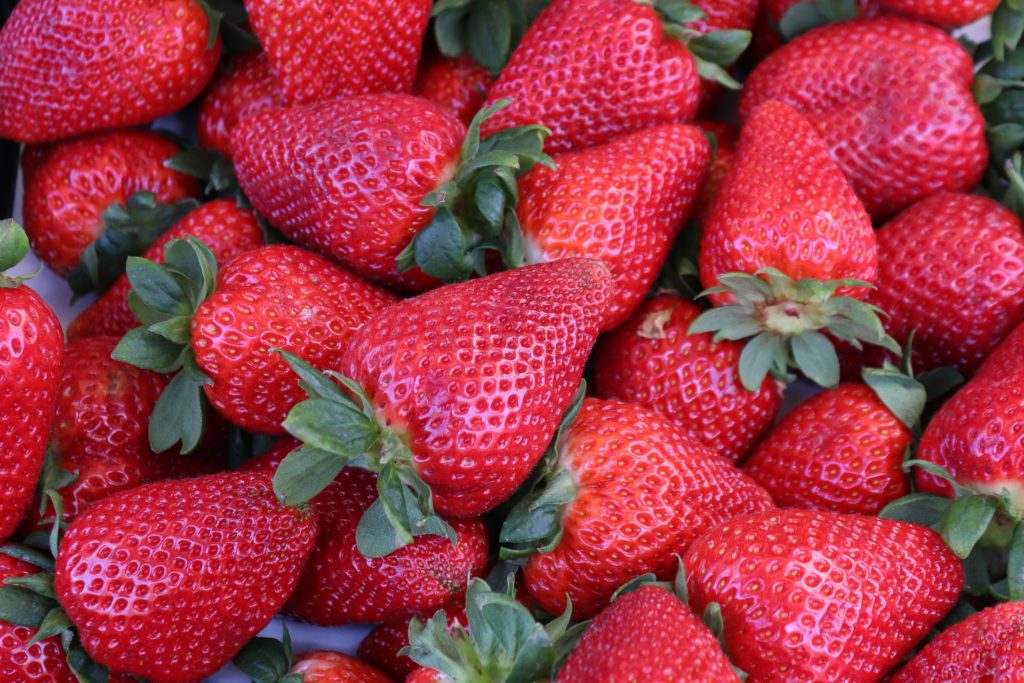
Strawberries are a gardener’s delight, and May is among the best months to plant them. They thrive in well-drained soil with plenty of sunlight and can be grown in raised beds, containers, or directly in the ground. When planting, ensure you space the plants about 12 to 18 inches apart to allow for their sprawling growth.
As a perennial fruit, once established, strawberry plants can produce delicious berries for several years. They come in June-bearing, everbearing, and day-neutral varieties, each offering a unique harvest timing. June-bearing strawberries provide large yields in a short period, while everbearing and day-neutral types yield fruits throughout the summer.
Care Tips:
Mulch around the plants to retain moisture and suppress weeds.
Regular watering is essential—strawberries prefer consistent moisture but dislike sitting in waterlogged soil.
Fertilize with a balanced fertilizer to encourage healthy growth during the growing season.
Blueberries
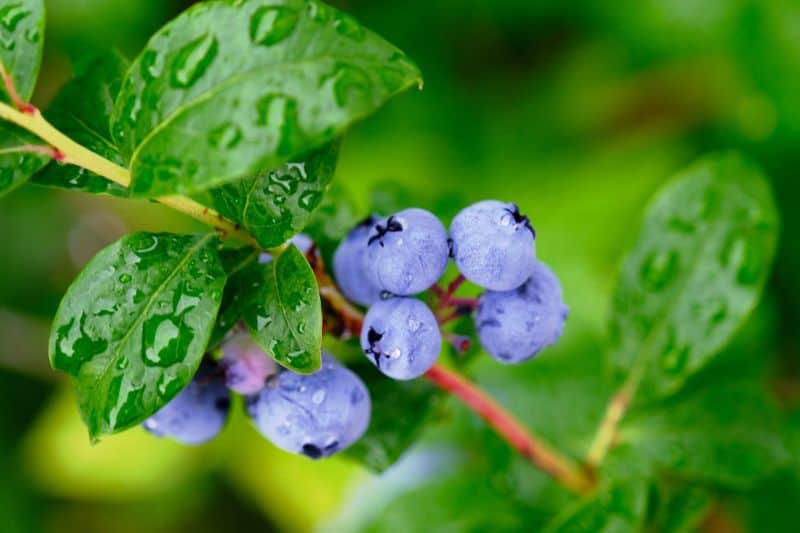
Blueberries are not only tasty but also packed with antioxidants. For the best results, plant them in well-drained, acidic soil with a pH between 4.5 and 5.5. May is a fantastic month to introduce new blueberry bushes, as their root systems will establish well before the summer heat arrives.
These bushes appreciate full sun, so choose a location that receives at least six to eight hours of direct sunlight per day. Blueberries are also self-pollinating but benefit greatly from planting multiple varieties together, which can enhance fruit size and yield.
Care Tips:
Water them regularly, especially during dry spells, as blueberries prefer consistent moisture.
Apply a layer of mulch to regulate soil temperature and retain moisture.
Prune your plants in late winter or early spring to promote better air circulation and fruit production.
Raspberries
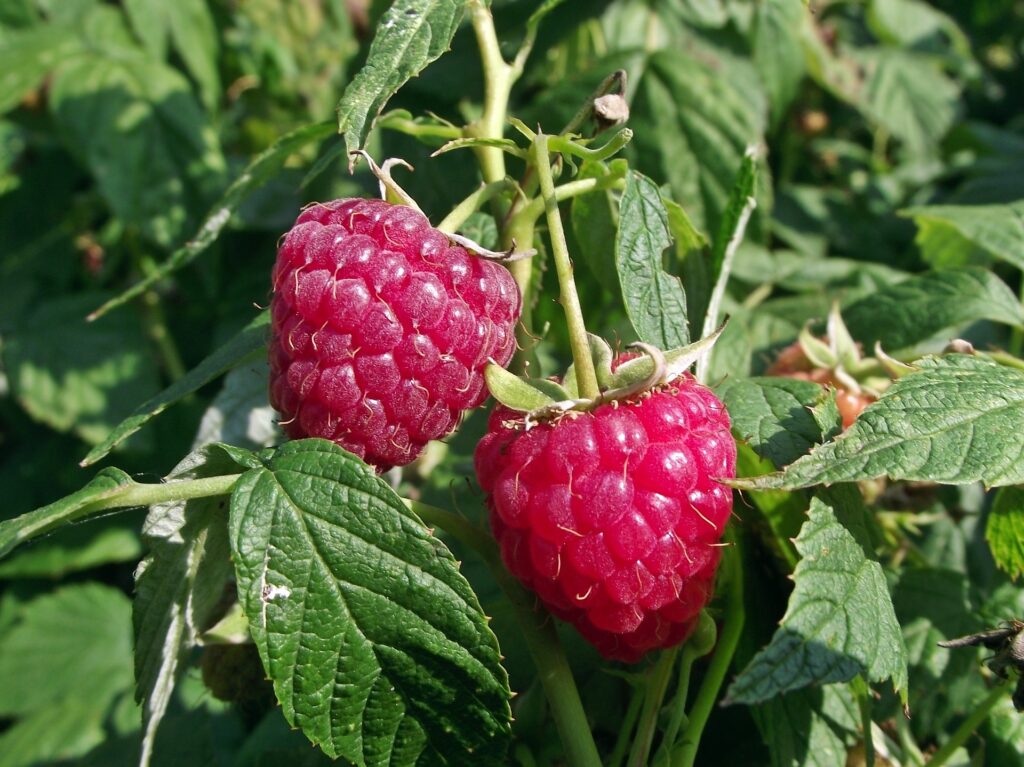
Raspberries are another fantastic fruit to plant in May. They can adapt to various soils but flourish best in well-drained, loamy soils rich in organic matter. Choose a location with at least six hours of sunlight, which will encourage strong growth.
You can choose from summer-bearing and everbearing varieties. Summer-bearing raspberries produce one huge harvest, while everbearing varieties can give a smaller harvest in both summer and fall. When planting, be sure to provide adequate space between plants, typically 2 to 3 feet, as raspberry bushes tend to spread.
Care Tips:
Provide support with trellises for upright growth and easier fruit picking.
Water regularly, especially during flowering and fruiting seasons.
Prune after harvesting to remove old canes that won’t produce again.
Blackberries
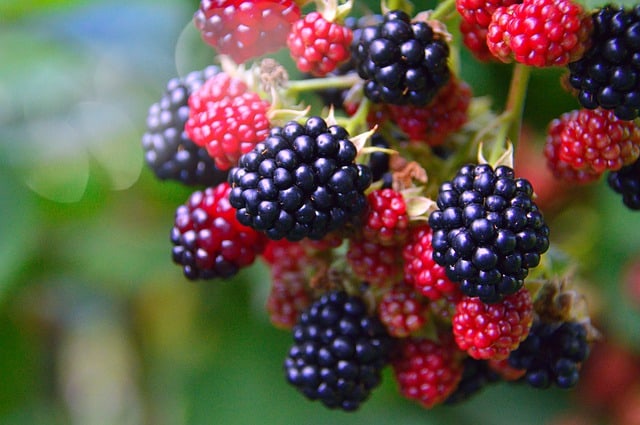
Blackberries are delightful, juicy fruits that thrive in the early spring when planted in May. These bramble fruits prefer slightly acidic to neutral soil, ideally rich in organic matter. Like raspberries, blackberry bushes require ample sunshine and should be spaced properly—around 3 to 4 feet apart.
They come in several varieties, including trailing and upright types, allowing for versatility depending on the space available in your garden. You’ll enjoy their sweet flavor and health benefits, as they are also low in calories and high in dietary fiber.
Care Tips:
Mulch around the base to retain moisture and keep the roots cool.
Train trailing varieties on a trellis for a more organized growth pattern.
Prune in late winter to promote better airflow and fruit production.
Cherries
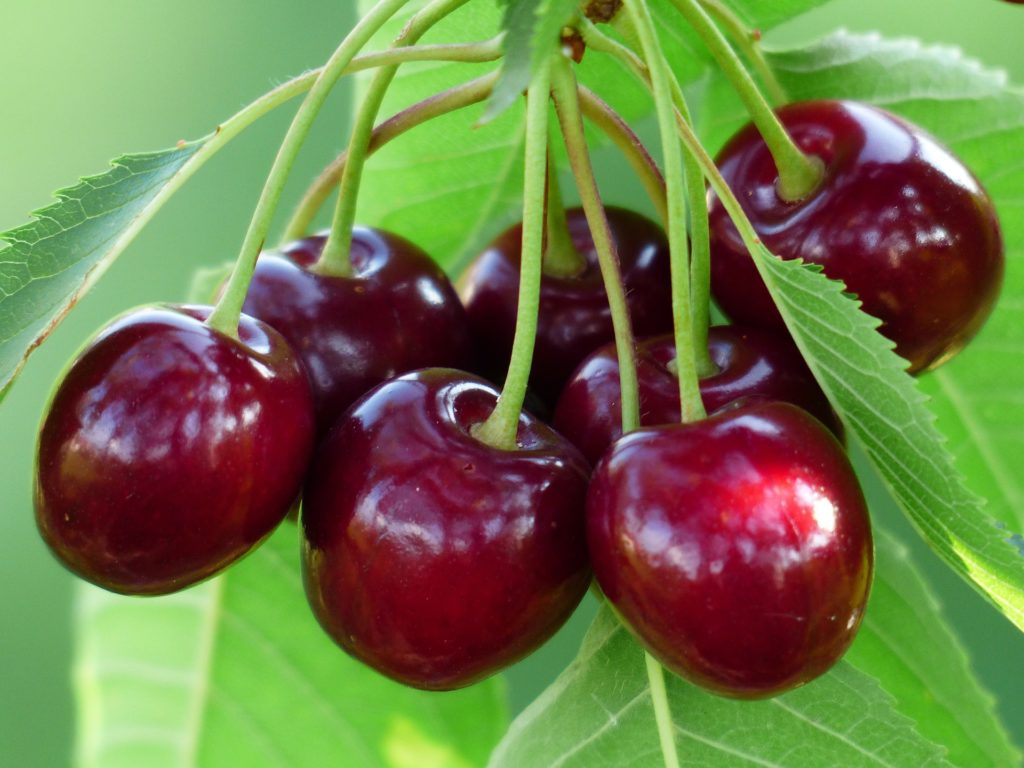
Cherries are an exceptional fruit that many gardeners dream of growing. May is a great time to plant both sweet and sour cherry varieties in well-drained soil, preferably with a pH of 6.0 to 7.0. They do well in full sun and require about 6 to 8 hours of direct sunlight daily.
Be mindful that most cherry trees require cross-pollination, so planting more than one variety is often necessary to produce ample fruit. They can be harvested in the summer, but the tree development during spring is crucial for fruiting.
Care Tips:
Water young trees regularly until they’re established.
Apply a slow-release fertilizer in spring to kickstart growth.
Thin the fruit in early summer to avoid overbearing, ensuring larger, tastier cherries.
Apples
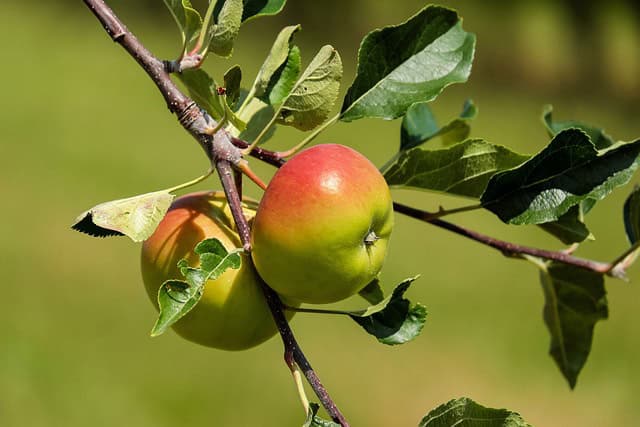
Planting apple trees in May can yield a future of delicious, crisp fruit, and an enjoyable gardening experience. These hardy trees prefer a variety of soils, but well-draining, fertile soil is optimal. They need full sun and plenty of room to grow—spacing them about 15 to 20 feet apart is ideal.
Just like cherries, many apple varieties require cross-pollination, so having multiple types within proximity can significantly increase your fruit yield. Select varieties suitable for your climate, considering hardiness zones to ensure successful growth.
Care Tips:
Water well during the first few years as the roots establish.
Prune apple trees during dormancy to shape the tree and promote fruiting.
Watch for pests like apple maggots and codling moths, employing organic pest control methods when necessary.
Apricots

If you’re looking for something slightly less common but equally delicious, consider planting apricots in May. These trees flourish in warm climates, so they require full sun and well-draining soil with a slightly acidic to neutral pH.
Apricot trees bear fruit on short spurs from previous seasons’ growth, so patience is key. They typically produce fruit in late spring to early summer, rewarding gardeners with sweet, nutritious treats that can be enjoyed fresh or preserved.
Care Tips:
Water young trees regularly until established, avoiding overly wet soil.
Use a balanced fertilizer in early spring for healthy growth.
Protect the tree from late frosts, as apricot blooms can be sensitive to unexpected cold snaps.
Pears
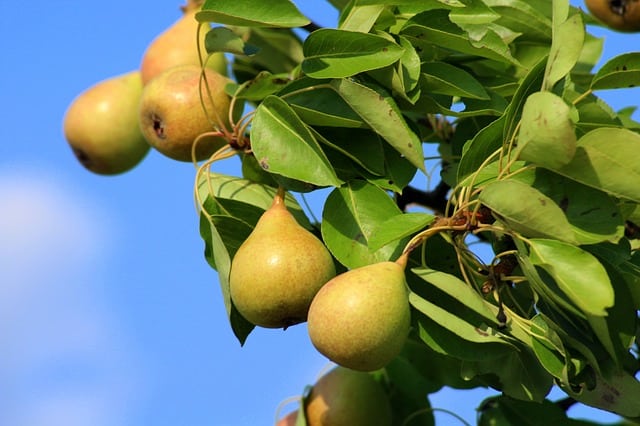
May is an excellent time to plant pear trees, similar to apples in terms of care and environment. These trees thrive in well-drained soil, requiring full sunlight and adequate spacing, typically around 15 feet apart. Pear trees are self-pollinating, but planting different varieties can enhance fruit production.
These fruits not only add beauty to your garden with their fragrant blossoms, but they also provide delicious pear fruits that ripen in late summer and early fall. A little patience is required, as most pear trees take a few years to produce a substantial harvest.
Care Tips:
Fertilize in spring with a balanced fertilizer.
Prune to maintain shape and remove any dead or diseased branches.
Water during dry spells, focusing on deep watering to encourage strong root development.
Figs
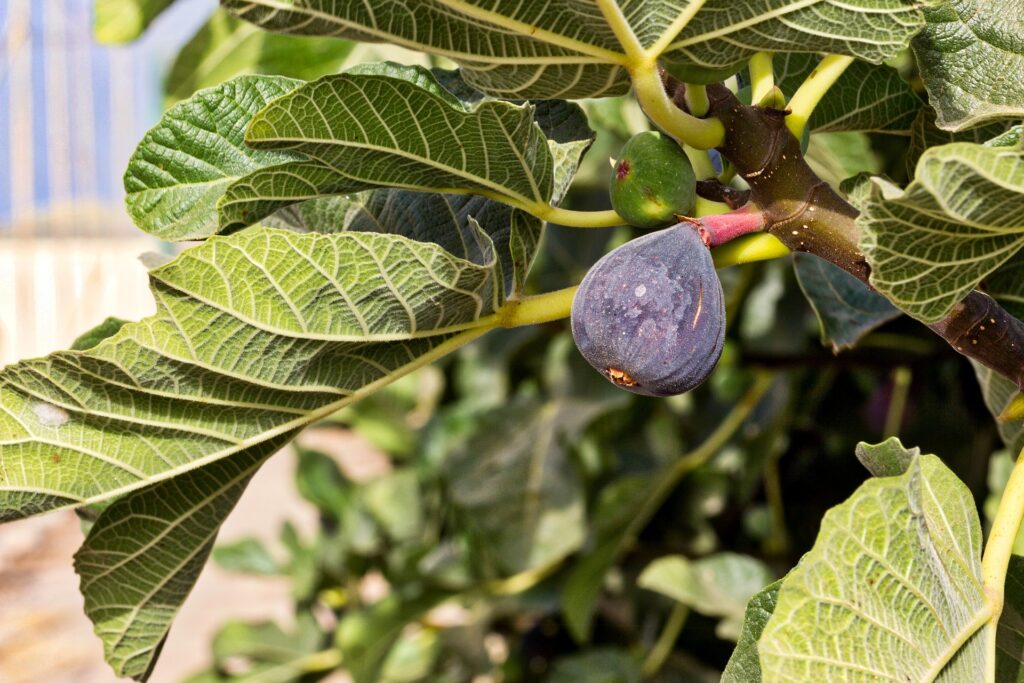
Figs are an exotic addition to any garden, and planting them in May can lead to a fruitful harvest later in the season. They thrive in warm climates and prefer well-drained soil with a slightly alkaline to neutral pH. Fig trees are adaptable but do best in full sun locations.
The trees can also be grown in pots, making them versatile for small gardens or patios. Figs can be enjoyed fresh, dried, or used in a variety of culinary dishes, making them a valuable addition to your garden.
Care Tips:
Water fig trees regularly, especially during dry spells.
Fertilize in the spring if necessary, but avoid excessive nitrogen, which can promote foliage at the expense of fruit.
Protect young trees from frost and harsh wind.
Grapes
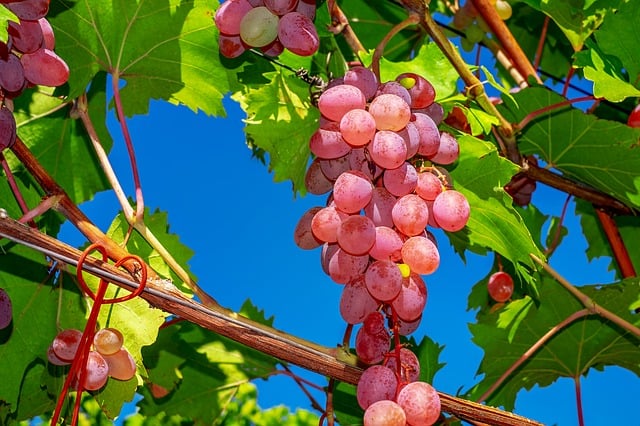
May is prime time for planting grapevines, whether you’re interested in table grapes or those for winemaking. Grapevines flourish in well-drained soil with a pH level of about 5.5 to 7.0. They require ample sunlight, making a sunny spot essential for thriving plants.
Spacing is crucial for grapes; plant them at least 6 to 8 feet apart, allowing for air circulation and sunlight penetration. Grapes can take a couple of years to yield fruit, but with proper care, they can produce bountiful harvests for decades.
Care Tips:
Install a trellis or support structure early for the vines to climb.
Water during dry periods, ensuring the soil is moist but not waterlogged.
Prune in winter or early spring to control growth and enhance fruit production.
Peaches
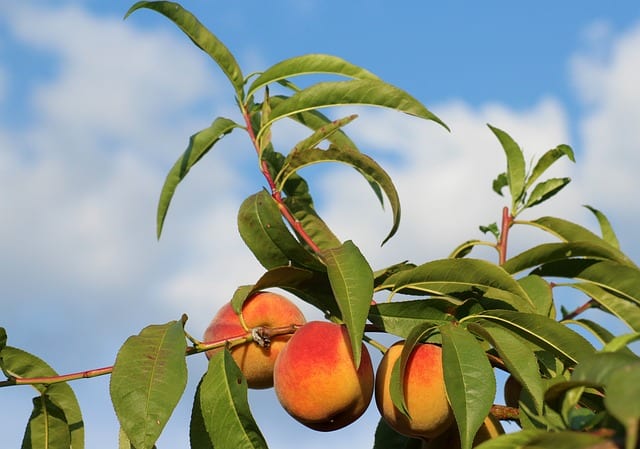
Peach trees are beloved for their sweet, juicy fruits, and May is an optimal time for planting them. These trees thrive in well-drained, sandy loam soils and prefer full sunlight. Space peach trees about 15 to 20 feet apart to allow for their expansive growth.
Peach trees can bear fruit within a few years of planting, depending on the variety. Keep in mind that these trees require proper pruning to promote air circulation and prevent diseases, making your care efforts well worth it.
Care Tips:
Water young trees evenly during the growing season.
Fertilize in late winter or early spring with a balanced fertilizer.
Thin fruits in late spring to ensure larger, tastier peaches and prevent branch breakage.
Plums
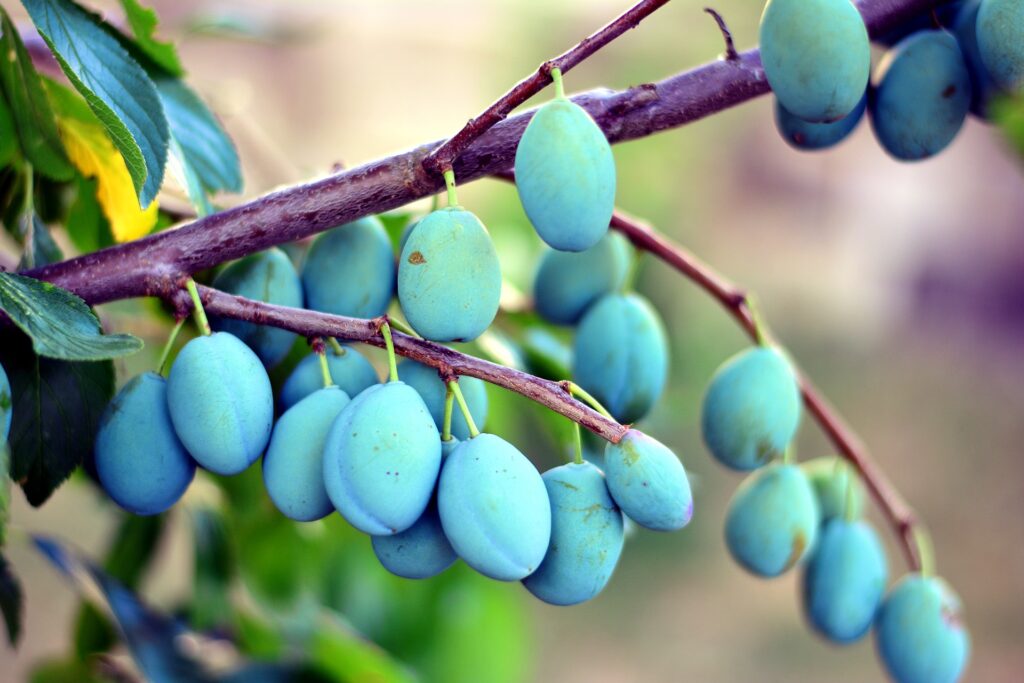
Plum trees are a great choice for gardeners, producing juicy fruits that can be enjoyed fresh or used in cooking. Planting them in May allows for a longer growing season before the colder months set in. They thrive in well-drained soil and require full sun for optimal growth.
When planting, consider that some varieties are self-pollinating while others require a pollinator nearby. Give your plum trees ample space—typically around 15 feet apart—for healthy growth.
Care Tips:
Water regularly, especially during dry periods.
Fertilize in the spring and prune to shape the trees and promote air circulation.
Monitor for pests such as aphids and plum curculio, implementing organic pest control methods to protect your harvest.
Watermelon
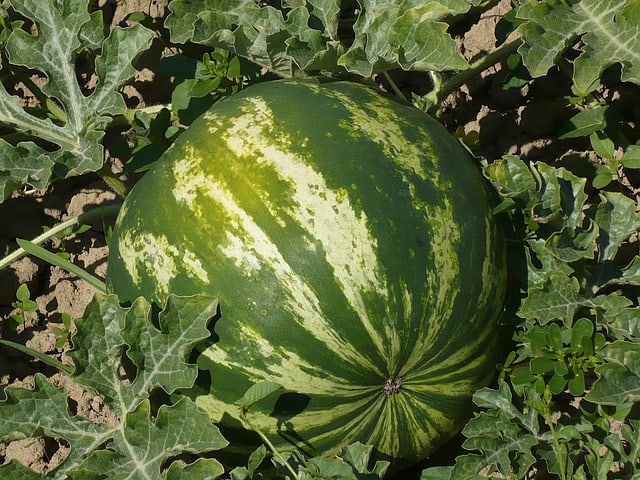
Watermelon is a summer favorite, and planting in May can kickstart your homegrown harvest. These fruiting vines prefer sandy, well-drained soil and require plenty of sunlight to thrive. Choose a sunny spot and provide at least 3 feet between plants, as they spread significantly.
Watermelons require consistent moisture, especially during fruit development. Once the fruits are set, ensure they have enough space for air circulation to prevent rot.
Care Tips:
Water deeply once or twice a week, depending on your climate.
Fertilize with a balanced fertilizer high in potassium once the plants start to flower.
Consider mulch to conserve moisture and suppress weed growth.
Cantaloupe
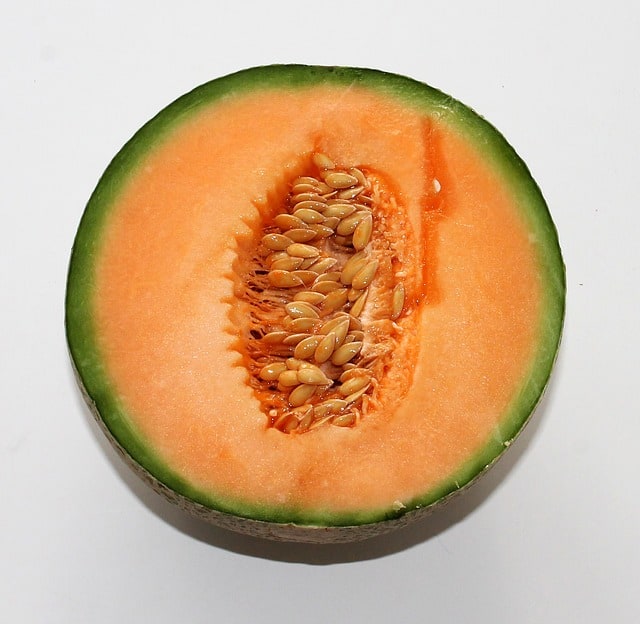
Similar to watermelon, cantaloupe is a delicious summer fruit that benefits from being planted in May. These melons prefer warm soil and full sunlight and thrive in well-drained, slightly acidic soil.
Space the plants about 2 to 3 feet apart to allow ample room for growth. Cantaloupes also crave consistent moisture, particularly during their flowering and fruit-setting stages.
Care Tips:
Water regularly and deeply to maintain soil moisture, especially during hot weather.
Fertilize with a balanced fertilize after the seedlings have established.
Cache a trellis for better air circulation and prevent fungal issues.
Citrus Fruits
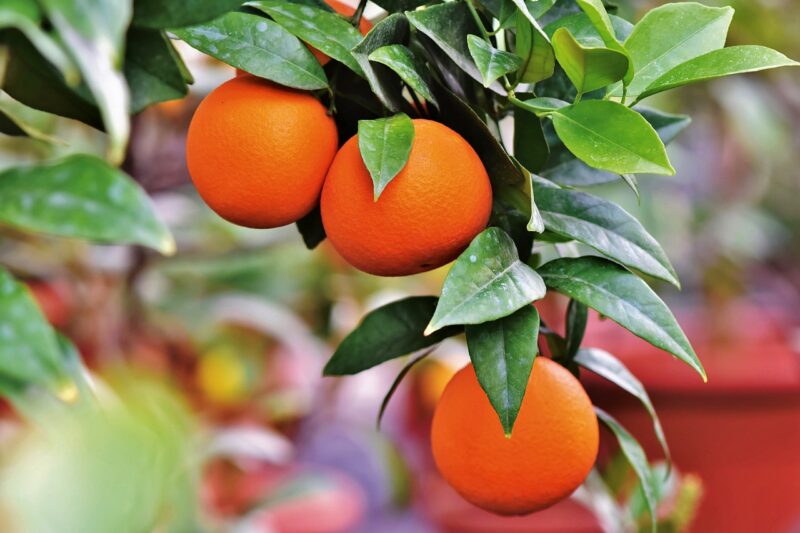
May is an excellent time to plant citrus trees, as these sunny fruits thrive in warm conditions. Trees such as oranges, lemons, limes, and grapefruits prefer well-drained, sandy soils and require full sun to flourish. Citrus trees are generally hardy and can thrive in containers, making them suitable for various garden settings.
When planting citrus, provide ample space for growth and ensure good airflow around the trees. Citrus can take anywhere from 3 to 6 years to bear fruit, but the wait is worth it when they produce juicy, fresh citrus right at your doorstep!
Care Tips:
Water consistently while avoiding waterlogging.
Fertilize with a specialized citrus or balanced fertilizer during the growing season.
Prune to maintain shape and remove any dead or diseased branches.
Conclusion
May heralds a vibrant new chapter for gardeners eager to cultivate delicious fruits. Choosing to plant strawberries, blueberries, raspberries, blackberries, cherries, apples, apricots, pears, figs, grapes, peaches, plums, watermelon, cantaloupe, and citrus fruits during this month can set the stage for a fruitful and rewarding garden.


